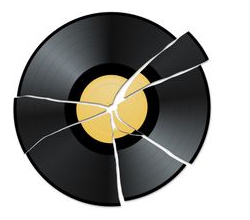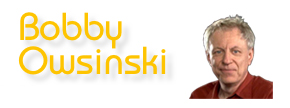I got to thinking about the many changes that came about in the recording business during the 2000s the other day – some of it good, some of it bad, most of it significant.
Here are what I consider to be the 12 major changes to recording in the 2000s, in no particular order.
1) Pro Tools Standardization – As the decade started, Pro Tools was was already creeping into the major studios, but every year since it has become more and more entrenched as the standard audio capture format for any professional application.
Sure, there are a lot of other great DAWs, but none of them have the traction of Pro Tools.
In any professional situation, from music to radio to film and television post, this is the DAW that you’re going to have to use as we move along to 2012 – until something better comes along (no, I don’t have a clue).
2) The Downfall of Commercial Studios – When I moved to Los Angeles in 1980, there were more than 250 “24 track” commercial studios in town. Many of them were multi-room facilities and they all were teaming with business.
Now there are fewer commercial studios than ever before thanks to cuts in recording budgets, the ease of setting up a home studio, and the fact that studio rates have remained about the same since the 80s while overhead has risen dramatically.
One of the sad byproducts of this is the fact that the apprentice system that existed and taught so many great engineers has pretty much fallen by the wayside. With only a few commercial studios left, it’s only the lucky few that get to sit behind a great engineer and learn something new every day. That’s good for me since more people buy my books, but it’s not a great thing for the industry at large.
3) The Rise of Software and Fall of Hardware – Once upon a time, every studio needed a pretty good amount of outboard gear to be able to record and, especially, mix a record.
It would be nothing for a studio to spend in excess of $100k for outboard EQs, compressors, effects devices and reverbs that they absolutely needed to have in order to attract independent engineers and producers and make a competitive record.
During the 2000s we saw a shift away from outboard hardware boxes to software plug-ins that do the same thing, only cheaper and easier. At the beginning of the decade, most pro engineers complained about “the sound” of plug-ins that emulated their favorite outboard device, and for the most part, they were right. It didn’t quite measure up.
Now that major computer horsepower is so inexpensive and programmers are better at what they do, the difference in sound quality between the plug-in and the real thing is no longer an issue even with the old-schoolers.
One of the big reasons why software plugs have caught on is price. Why buy a rack of Neve 1073’s at $2500 a piece when you can buy a UAD card that can give you a hundred of them for half the price of just one? Sure, you don’t get the mic preamp and and you can’t track with them, but if you don’t record more than a couple channels at a time anyway, it’s hardly a problem.
Even in live sound there’s been a shift as the industry changes to a digital signal path. There will always be a market for outboard gear, especially for tracking, but the days of large expenditures for hardware are over.
















